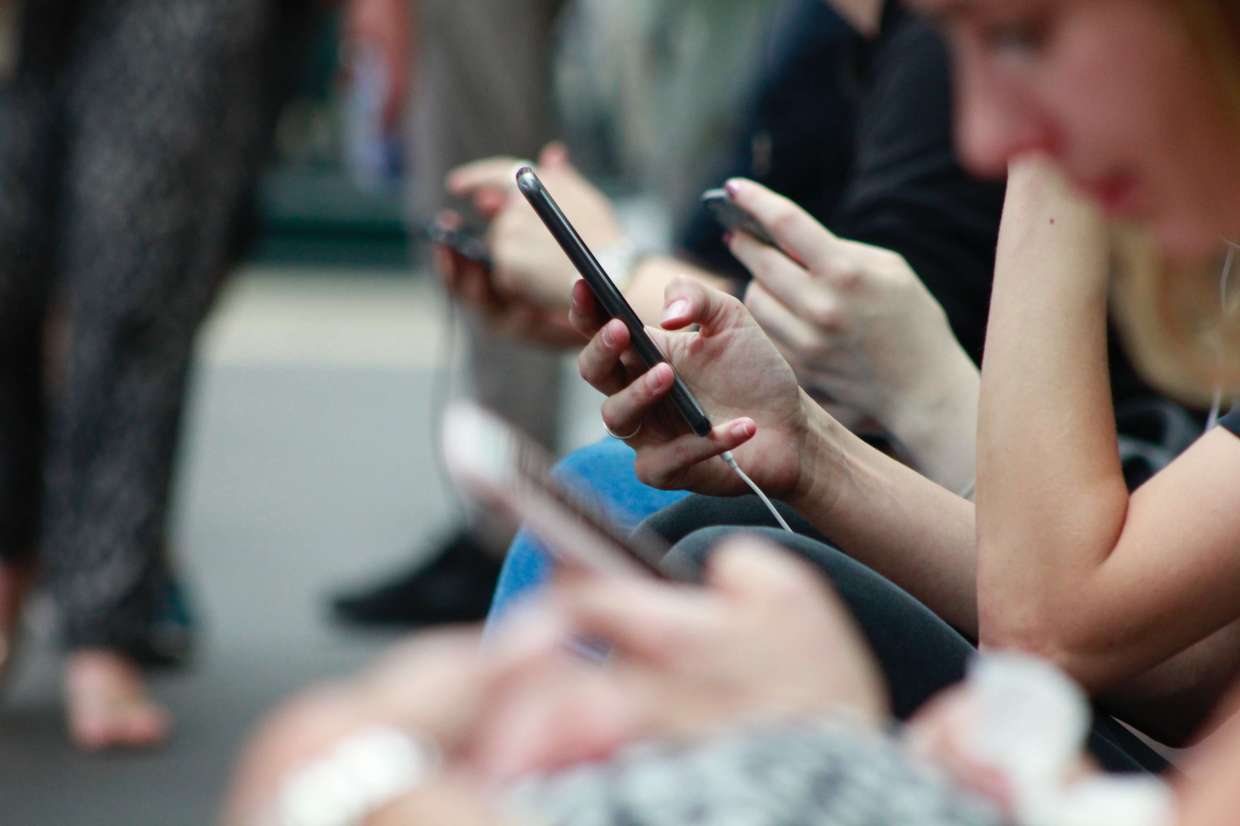Location data is more than just pins on a map. Location data can tell businesses a lot about customer behavior: the places they visit, how long they stay, how often they visit certain locations, the events they attend. Indeed, even what a consumer posts says a lot about their buying patterns, preferences, and interests. That’s exactly why more and more businesses are using location data to not only improve their bottom lines (through analytics that boost everything from site selection, to marketing, and much more) but to actually create better customer experiences.
So, how exactly can app developers and product managers use location data and technology to build more engaging and rewarding app experiences?
Here are 3 ways that you can deploy location features intelligently and creatively to win over your app users:
Gain value and information. Location data allows companies to provide customers with personalized recommendations, navigation help, or more efficient service. This can be critical for quick-service-restaurants and other enterprises that want to offer order-ahead or curbside pickup features. For example, Wendy’s uses Foursquare’s Pilgrim SDK to ensure that its mobile order-ahead users are checking into the right location when they pick up their food, improving the customer experience.
Location data also can improve customer service. For example, if a customer orders a meal for pickup, the device can detect the location of the customer and time the freshly prepared meal to the expected arrival time. If the device detects a customer standing in the lobby of a hotel, the app can initiate check-in, saving time for both the customer and the hotel, and ensuring a contactless experience. At an event, users can use location data to see which acts are playing on specific stages, helping them plan their day.
Save money. If an app detects a customer nearby, it can send a targeted coupon to them for use at their business. A shopping and coupon app could remind a user to use a saved coupon for a store nearby to their current location. In fact, that’s exactly how Flipp, a leading shopping and coupon app, leverages Pilgrim SDK. Similarly, Gasbuddy (the leading travel and navigation app for saving money on gas) uses Pilgrim SDK to not only help remind drivers to use their Pay with GasBuddy card at the pump to save money, but also find the gas stations with the best prices on their route.
Have an easy, pleasant app experience. At the end of the day, your business benefits from the loyalty of your app users – so don’t skimp on the fun features. For example, apps can enable social tagging by quickly identifying places nearby and tying that location to a social post. Users also can take photos of their location and attach it to a review of the place they are currently experiencing or food they are currently eating. A social media app uses the same point-of-interest API to help users geotag posts and points of interest in their posts. Hilton, for example, developed an app using Foursquare’s Places API that allowed the front desk staff to add their favorite places. With this information, guests can easily search and discover places they might want to visit while in town.
The technology behind great customer experiences
The technologies that make these scenarios possible include:
- Geofencing: With this technology, it’s easy to draw a shape around a specific area, like a building, city block or zip code. Once the geofence is identified, it can be associated with specific events, such as Entrance (when a user crosses into the area surrounded by the geofence), Dwell (the time a user spends inside the region) and Exit (when the user leaves the geofenced area). Typically, geofencing relies on cellular data, WiFi, or GPS software to trigger an action when a device enters the boundary. This technology is ideal for understanding proximity to a subset of venues, knowing if a user is nearby a certain place, or tracking when users are en route to a specific venue. With this information, for example, a store can send in-store promotions to a user nearby if the user allows notifications. It’s also the technology behind understanding when a customer who has ordered a meal is nearby, allowing the restaurant to finish meal preparations.
- Visit Detection: While geofencing is great for many situations, it’s not ideal when precision is critical. Visit detection is up to ten times more accurate than geofencing, tracking how a device moves. If it slows down, it may be that the user is browsing in a store. If it stops, the user has stopped. Because the app knows this it would know, for example, whether the user is at the Macy’s or the coffee shop across the street based on the “phone’s view of the world”. Companies often opt to use visit detection in combination with geofencing to gain the benefits of both.
- Custom APIs: When companies need other capabilities, they can turn to custom APIs. Foursquare’s Places API, for example, provides real-time access to its global database of rich venue data and user content to power location-based experiences in apps or websites. Developers can use custom API endpoints to power geo-tagging, venue search, venue recommendations and more. It provides access to more than 70 venue attributes and 900 categories. The result is rich user content that results in engaging location experiences.
Want to learn more about how location data and technology can make your app experience stand out? Get in touch with Foursquare today using the form below.
